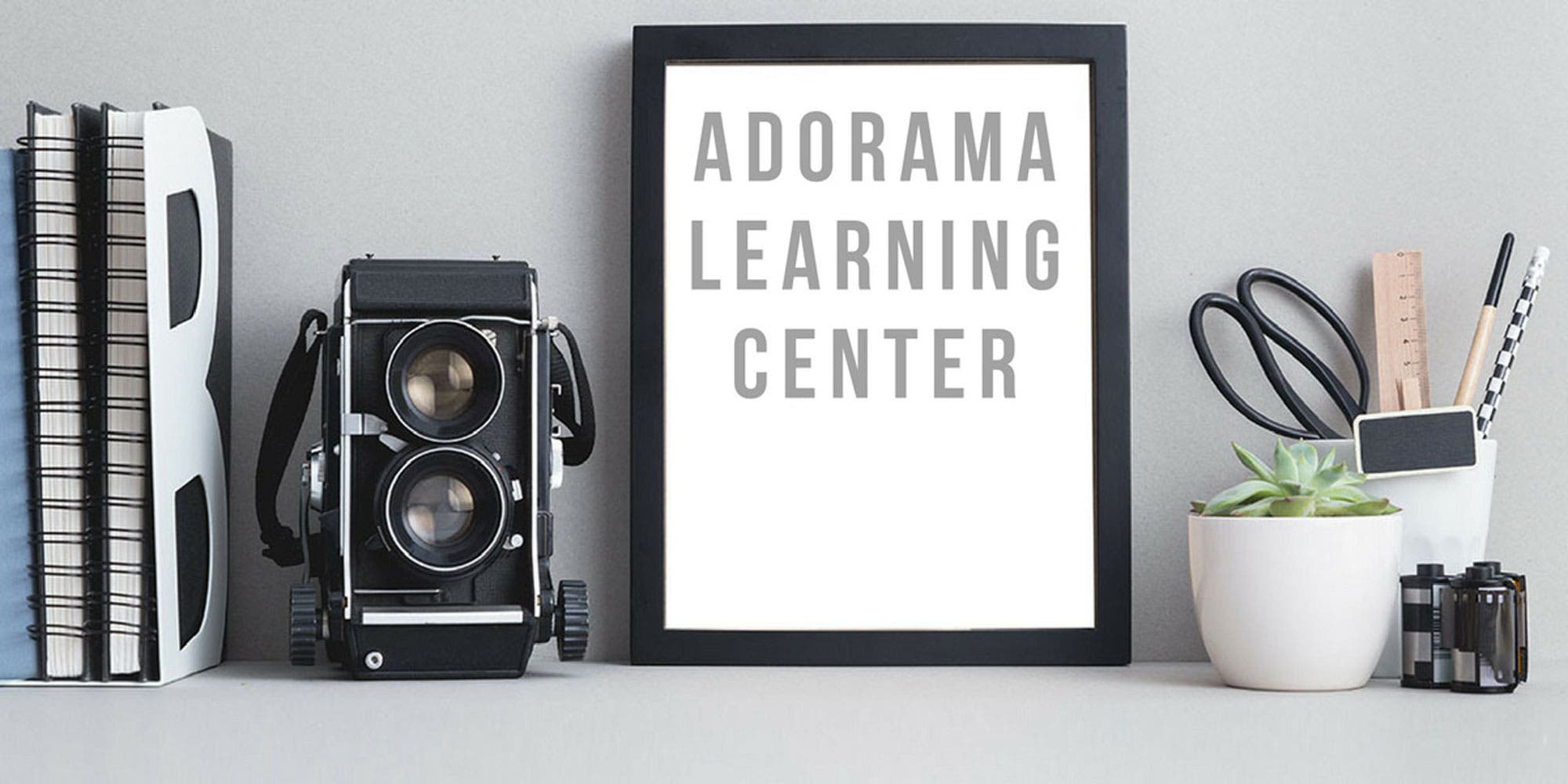As digital camera imaging sensors capture larger and larger images, photographers are finding that they need a lot of storage capacity. And if you’re shooting RAW format images, you need even more file storage space than those shooting JPEGs.
Memory cards are one option, but if you keep buying them, it gets to be an expensive proposition. You could stow your images on your computer’s hard drive, but if that’s the only copy, and something goes wrong with your computer…well, just ask anyone who’s had the nightmare of trying to retrieve their information from a dead hard drive.
Fortunately, there are other choices. You can archive your image files CDs—an inexpensive storage method but not the most convenient. Or you can invest in a mass storage device. Simply insert your card, press a button, and all card content is transferred. You can then reformat and reuse your card.
With or without a preview screen?
Mass storage devices come in two basic flavors: the kind that lets you view your images on an LCD monitor, and the kind that simply acts as a portable external hard drive. The former is more expensive but convenient; the latter tends to be smaller and will meet tighter budgets. Both kinds have ports that accommodate a variety of commonly-used memory cards, and both connect to computers, usually via USB or, less commonly, via FireWire.Devices can hold anywhere from 20 to 200GB, and the cost varies depending on capacity, as well as other factors such as LCD monitor screen size and transfer speed. Prices range from around $100 to over $800. Here’s a look at the best of what’s available now.
Without a screen
EZDigiMagic 80GB
($299.95)
Travelling small–real small? The EZDigiMagic at 3.2×3.6×1.26 inches, is the smallest portable backup on the planet, and yet it will let you download files from seven different memory card types–CompactFlash (Type I and II), MicroDrive, Smart Media, Multi Media, Secure Digital, and Memory Stick/Memory Stick Pro. A large LCD screen gives you card status, and the manufacturer clames a zippy transfer rate of up to 480MB per second. It tethers to Macs and PCs via USB 2.0 so you can download your vacation pix once you’re safely back home. And, when you’re not traveling, it can double as the world’s smallest external hard drive or backup unit.
HyperDrive Space
($299.95)
The latest generation from indie manufacturer HyperDrive, the Space holds 120GB. It can handle 18 types of memory cards, and can transfer at 20MB/s, which works out to 1 GB per minute. It connects to computers via USB, and claims its Li-Ion battery is good for 100GB of downloads. The HyperDrive Space 80 (ICDSAHDS080), for around $229.95, is an even more affordable option.
Jobo Giga One
($159)
If you are a hobbyist or traveling photographer on a tight budget, this 40GB capacity backup storage device may be your best solution. While its 2.5MB/s download speed may not be the fastest, is does have USB 2.0 connectivity and can handle all popular memory cards. A monochrome LCD monitor tells you how much space you’ve used, how much is available, and battery status. Nothing fancy, but it gets the job done.
With a Screen
Wolverine ESP 5250
($559.95)
With a capacity of a whopping 250GB and a built-in 7-in-1 memory card reader, this storage device is marketed as a multi-media player. Indeed, in addition to previewing your image files on the 3.6-inch LCD monitor, you can watch movies or listen music files with headphones. The ESP 5250 will store and display JPEG, Bitmap, Tiff, Text and RAW image files, and can print to PictBridge printers. You can also listen to FM radio and record the shows off the air. Of course the unit plugs into TV sets and stereos.If that’s too rich for your blood, the Wolverine MVP holds 120GB, has many of the same features as the ESP line, but costs around $150 less. The tradeoff? The LCD screen is a more modest 2.5 inches.
Digital Foci Picture Porter Elite 120GB
($389.95)
Although availability is spotty, the Digital Foci Picture Porter Elite is a great deal at around half the price of some other brands’ 120GB mass storage screen devices. It has a generous 3.6-inch LCD monitor, supports JPEG, TIFF, GIF, BDP, and RAW image files, as well as all popular music and video formats, and talks to PictBridge printers. Transfer rate is a screaming 480MB/sec from device to computer and 3.6MP/sec from card to device. There are ports for a dozen memory card sizes, and it has FM radio reception.
Epson P-5000 Photoviewer
($664.95)
The award-winning Epson P-5000 Photo Viewer offers 80GB of storage capacity and a large, 4-inch LCD based on Epson Photo Fine Ultra LCD technology. Besides JPEG and RAW files, a variety of video and audio formats are also supported, making this a true multimedia device. The Epson P-5000 displays 24-bit color images with up to 16.7 million colors, and compatibility with both sRGB and Adobe RGB color spaces allow for a more accurate display, justifying the higher price. The P-5000 provides SD and CF card slots plus a fast USB 2.0 interface. Don’t have the budget? The Epson P-3000 holds 40GB, and costs a more modest $399.95. All other features are about the same as the P-5000.
© 2007 Adorama Camera, Inc.






